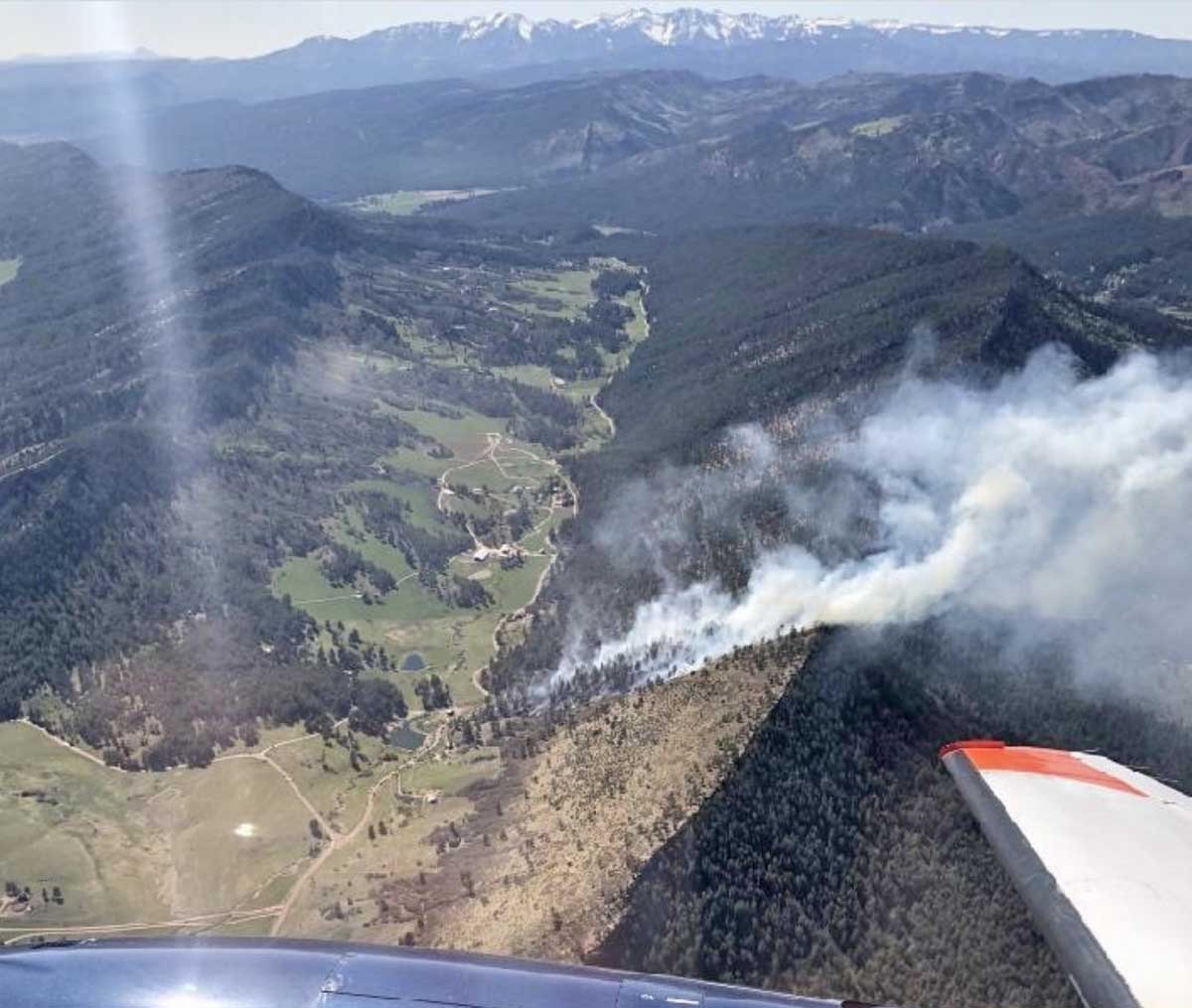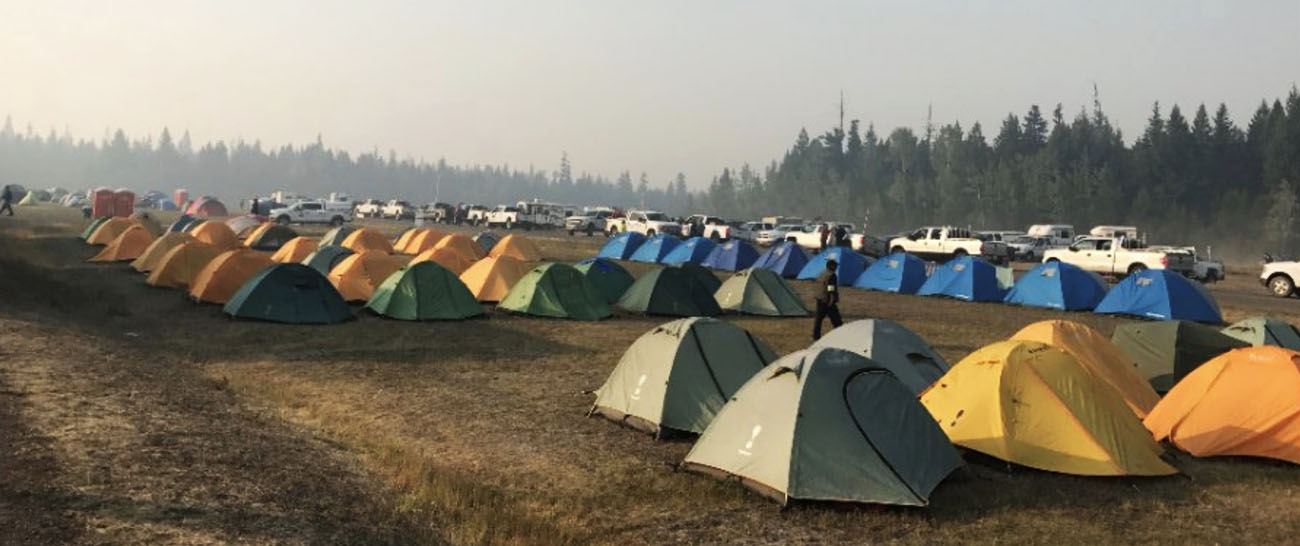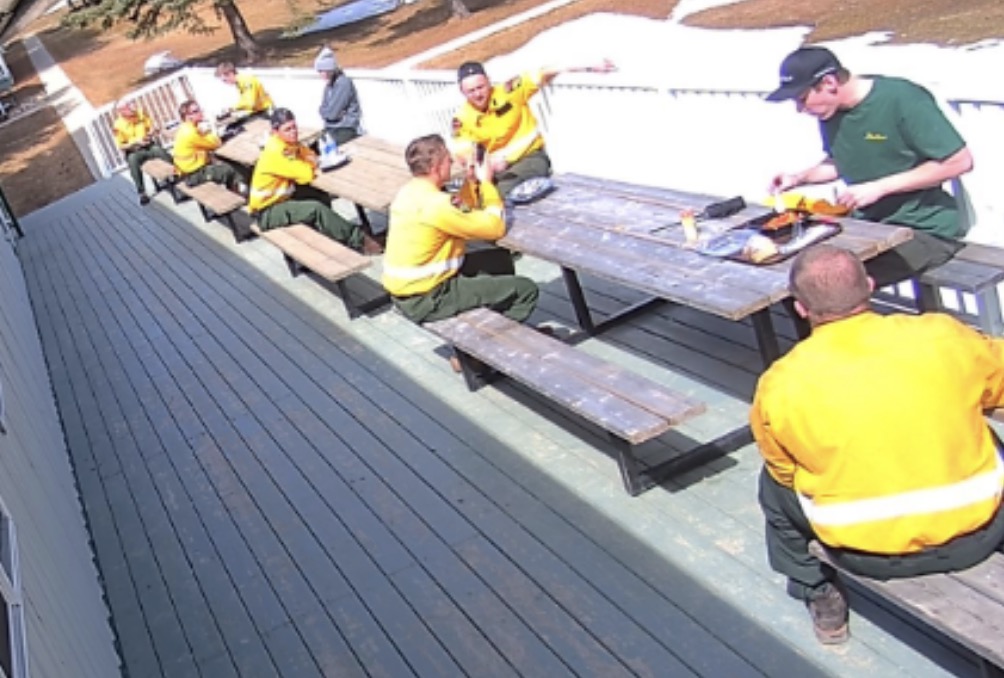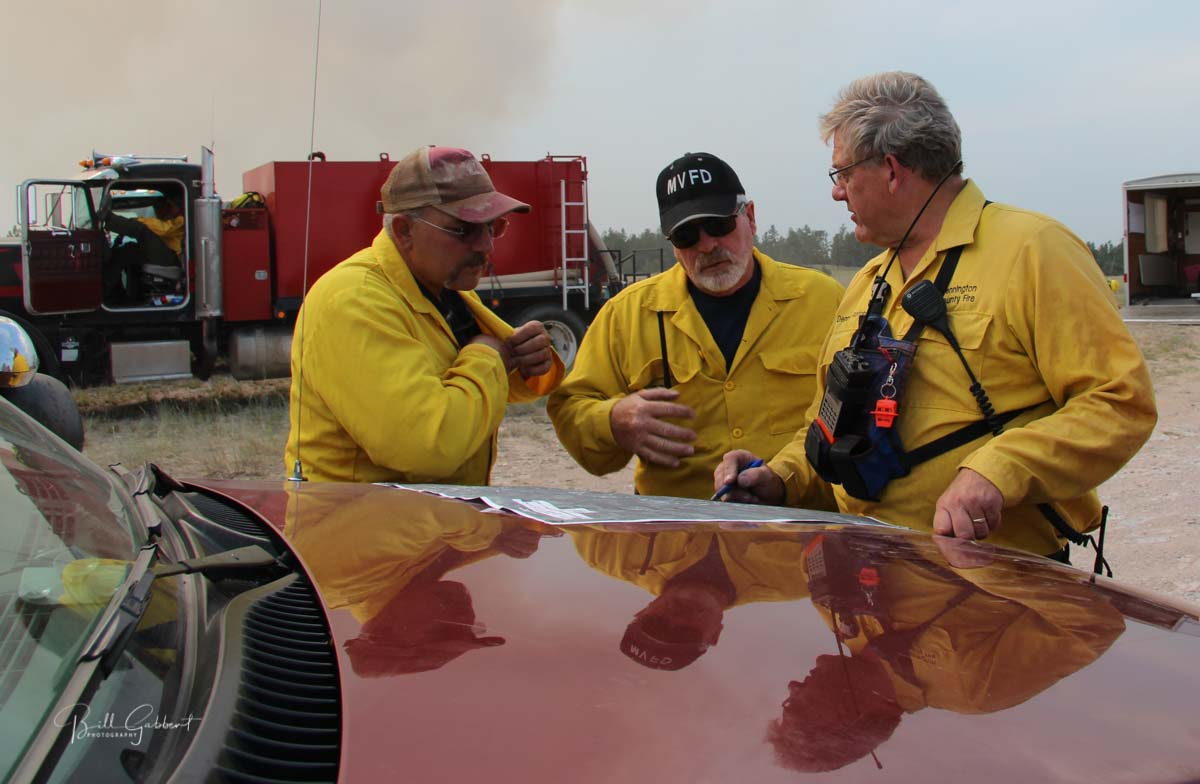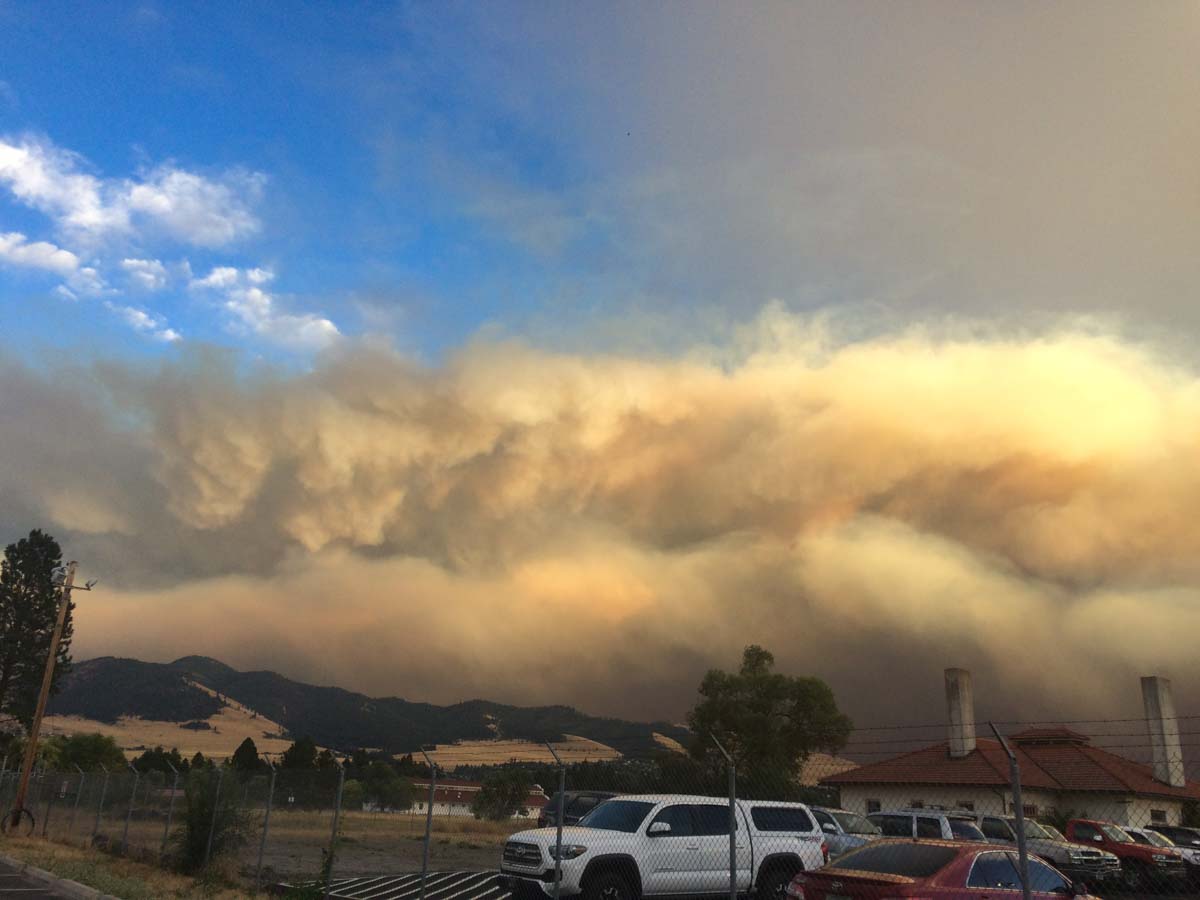
On March 19, 2020 I took an early look at the topic of how we were going to fight fires during the COVID-19 pandemic. It is time for another look.
A very interesting study released August 1 used modeling to show how COVID-19 could spread through firefighters assigned to large wildfires. Using actual firefighter mobilization data for three different sized fires in 2017 they estimated that on an incident similar in size and duration to the Lolo Peak Fire that burned 53,000 acres south of Missoula, Montana, approximately one to 13 fire personnel could be killed by the COVID-19 virus.
The U.S. Forest deserves praise for funding this very important study that applies science to an issue that literally can be life or death for firefighters. It is based on a model, and as they say, all models are wrong, but some are useful.
It really illustrates a risk that is added to what was already one of the more dangerous professions, fighting wildfires.
Another facet to consider in addition to the potential fatalities is, how many will be infected? Many will be non-symptomatic and could unknowingly spread the virus to their colleagues, friends, children, spouse, parents, and grandparents unless they are very careful about their interactions.
Frequent testing with rapid results is imperative to reduce the risk of our firefighters being killed by a virus during their daily work activities or while assigned to a fire.
Fatalities are the worst possible outcome of course, but if one to thirteen could die on a fire like the Lolo Peak Fire under COVID-19 conditions, how many will be hospitalized, spend weeks on a ventilator, or suffer long-term debilitating symptoms? Will some firefighters mostly recover but incur permanent damage to their lungs, heart, or other organs, ending their career? Who will pay the medical bills? With long term physical problems, will they qualify for disability benefits?
Wildland firefighters are tactical athletes. College football program administrators in the Power 5 conference are concerned about a heart condition exhibited by some of their athletes which may be linked to COVID, but it is too soon to say for sure.
From ESPN, August 11, 2020:
Myocarditis, inflammation of the heart muscle, has been found in at least five Big Ten Conference athletes and among several other athletes in other conferences, according to two sources with knowledge of athletes’ medical care… Left undiagnosed and untreated, it can cause heart damage and sudden cardiac arrest, which can be fatal.
And then there are the “long haulers”. From the Cleveland Clinic:
Approximately 80% of those with COVID-19 end up having a mild response and most of those cases resolve in about two weeks. For people who have a severe response to the virus, it can take between three and six weeks to recover.
But now, there is growing concern over a separate group who don’t seem to fall into either of those categories. A number of people are now reporting lingering symptoms of the illness for one, two or even three months. This new group is mixed with those who experienced both mild and severe cases. As health experts step in to try to manage these patients and learn more, many are referring to this group as coronavirus “long-haulers” or “long-termers.”
There is much still unknown about this novel virus.
Wildland firefighters are defending and protecting our homeland, a fact our government, including our Senators and Congressmen, need to recognize. These men and women on the front lines must be equipped with hardware and aircraft to match the quality supplied to our military. They all need to be working under Firefighter job descriptions (not forestry technicians), employed year-round, and must be paid a living wage. They also need access to useful and effective mental health counseling and support to try to stem the rising tide of firefighter suicides.



